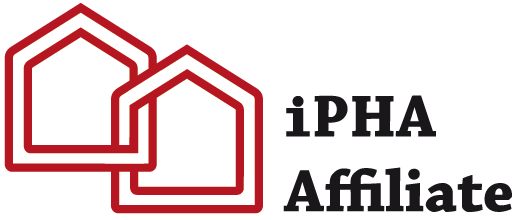PHINZ, Te Tōpūtanga o te Whare Korou ki Aotearoa, the Passive House Institute New Zealand enthusiastically welcomes the MBIE Building for Climate Change programme announced by Ministers Salesa (Construction) and Shaw (Climate Change) last week.
MBIE explains “The changes we’re planning will make homes warmer, drier and better ventilated, and provide a healthier place for us all to work and live” and discusses setting targets for energy efficiency and carbon emissions.
This is a vision that PHINZ is aligned with and can (and is!) already be achieved by building to the Passive House standard which ensures healthy, high performing and energy efficient buildings. In support of achieving this vision, Passive House Institute New Zealand offers:
- training in delivering very energy efficiency buildings through the Passive House Academy NZ
- tools and methodologies to model accurately, design and build highly energy efficient healthy buildings that, as a world-leading standard, will almost certainly meet or exceed targets MBIE may set
- software plug-ins to calculate embodied carbon
Importantly, Passive House training, tools and methodologies encompass cost effectively renovating existing buildings to a very high standard as well as designing new buildings.
Additionally, a stand out feature of the Passive House standard is that it has an excellent track record, of over 30 years worldwide and over a decade in New Zealand, of reliably achieving the intended outcomes. To tackle climate change we need buildings that deliver the emissions reductions they are designed to, not aspirational targets that never eventuate.
PHINZ CEO Amy Tankard says
“Us kiwis can be a hardy and humble bunch, often willing to make the best of limited resources and, as BRANZ reports have repeatedly shown, this has led to us accepting less than ideal conditions for our living and working spaces. With covid-19 we’ve recently seen how we can work together as a country to achieve common goals and take pride in innovative solutions to our challenges. So here it is – Passive House is a tried and tested solution, for building for climate change, scientifically proven in theory and practice.”
MBIE’s initiative sends a clear message that first costs and building to a currently inadequate Building Code are no longer the right focus. The programme is fantastic news for builders, designers and suppliers alike, paving the way for quality and fit-for-purpose products and buildings to become the norm. In turn, this market demand will mean warm, dry, healthy and energy efficient buildings should become easier and more affordable to achieve. Mandating the Passive House standard for new buildings and renovations, or specifying it as an exemption to energy efficiency requirements like the Healthy homes standards already does for heating, would be one way to accelerate this process and set Aotearoa NZ well on the way to achieving our 2050 emission reduction targets.
Minister Salesa said the Government had recently signed up to a joint statement with Australia, Canada and the United States to work together to develop building code responses to the changing climate. This is also good news as there are already jurisdictions in both Canada and the United States that offer incentives or exemptions for developers building certified Passive House buildings.
PHINZ welcomes the opportunity to work with MBIE and all stakeholders on this programme and recommends the government look to the leadership already shown by PHINZ members in this area, especially those with professional passive house qualifications.
This programme is a historic call to action, and PHINZ will continue to advocate for the government to make bold decisions and get this right for Aotearoa NZ


